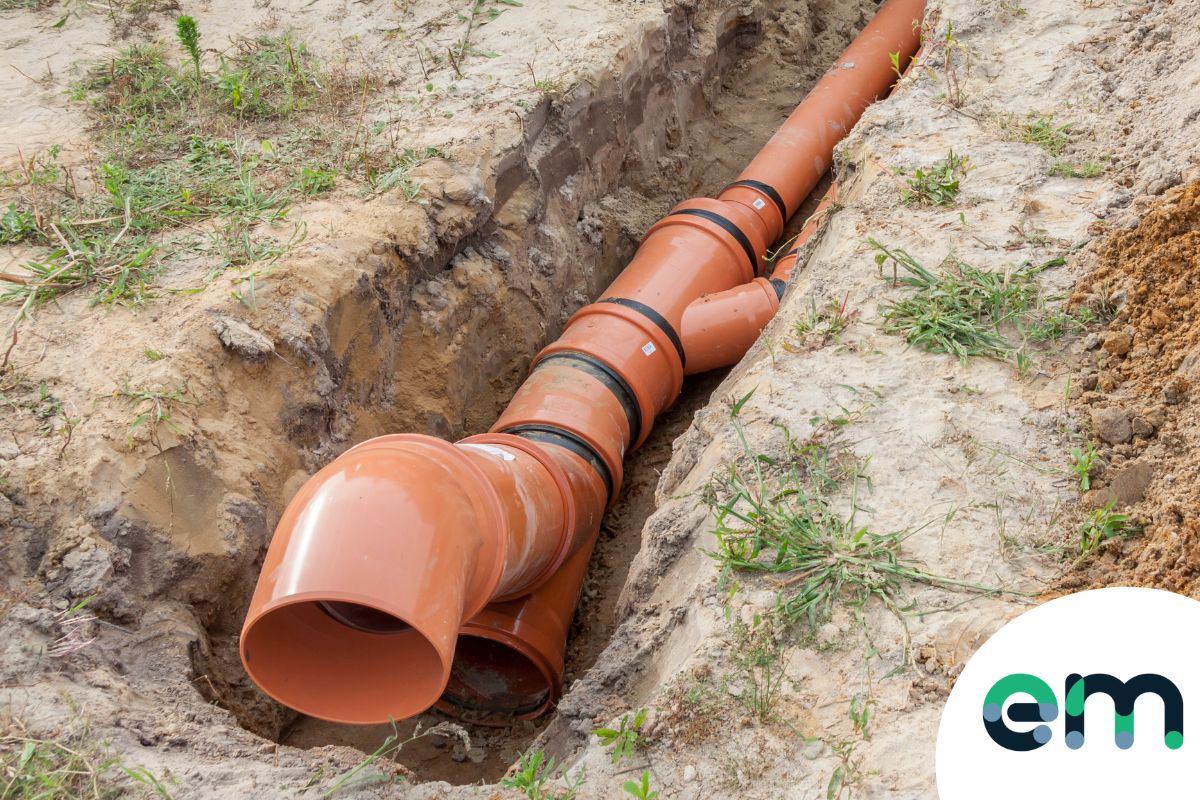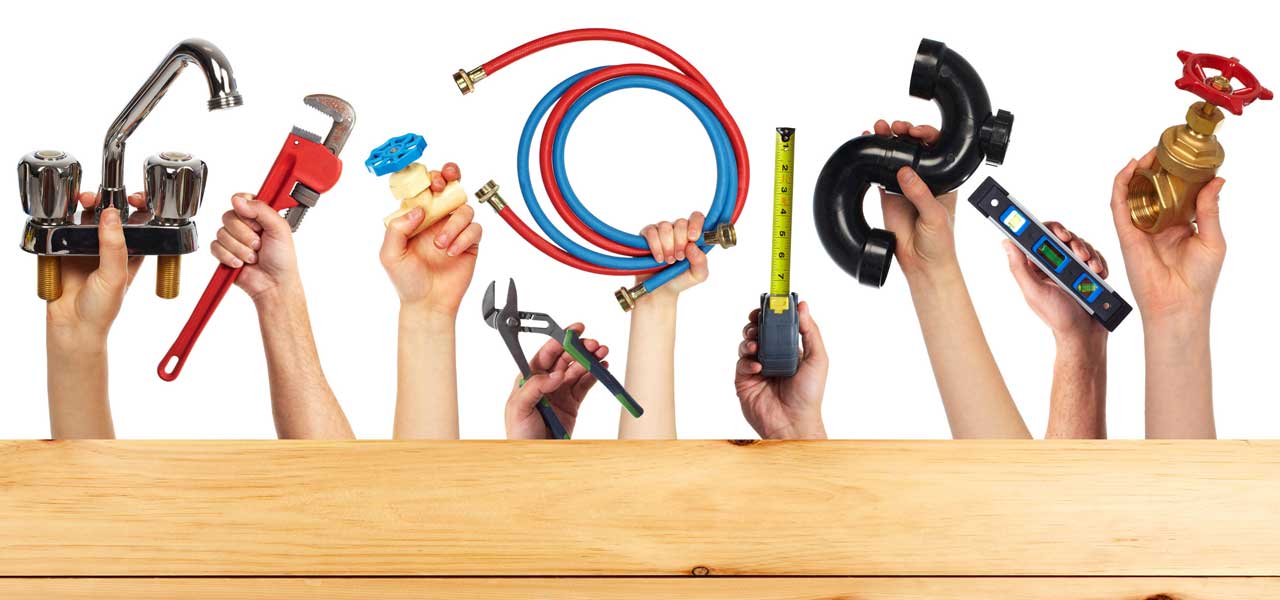Mastering the Core Concepts of Home Plumbing: A Beginner's Introduction
WebsiteThis great article on the next paragraphs relating to Understanding the Basics of Your Home's Plumbing System is totally captivating. Don't miss it.

Plumbing is an important facet of any type of home, in charge of providing tidy water for drinking, cooking, and bathing, as well as eliminating wastewater securely. Recognizing the essentials of home plumbing is vital for each property owner to ensure appropriate upkeep, troubleshooting, and, if necessary, fixings. In this newbie's guide, we'll cover the fundamental principles of home plumbing to aid you end up being more familiar with just how it functions.
Water Heating System
The water heating unit is responsible for heating water for residential usage, including bathing, cooking, and cleaning. Typical kinds of hot water heater consist of tank-type water heaters, tankless (on-demand) water heaters, and heatpump hot water heater. The hot water heater is connected to the water system and delivers hot water to plumbing fixtures as required.
Drainage System
The water drainage system gets rid of wastewater from your home and brings it away to a sewage treatment facility or septic system. It includes a network of pipelines, fittings, and fixtures that deliver wastewater from plumbing components to the primary sewage system line or sewage-disposal tank. Correct water drainage is essential to avoid obstructions, backups, and sewer leakages.
Air flow System
The air flow system helps keep proper air pressure and avoid drain gases from entering your home. Vent pipes, likewise referred to as air vent stacks, extend from plumbing fixtures to the roof, allowing sewer gases to run away securely outside. Ventilation pipelines additionally permit air to go into the drain system, helping with smooth wastewater circulation and avoiding suction or vacuum results.
Supply Of Water System
The water system system brings clean water right into your home from a metropolitan water resource or a private well. It consists of a major water line that attaches to your home's plumbing system, typically located underground. A water meter gauges the amount of water taken in, while a shut-off shutoff permits you to manage the circulation of water into your home.
Plumbing Components
Plumbing components are gadgets that deliver water to numerous parts of your home and consist of sinks, taps, commodes, showers, bathtubs, and home appliances such as dishwashing machines and washing equipments. Each fixture is linked to the water supply system by means of pipelines and installations and may have its shut-off valve for upkeep or emergencies.
Usual Plumbing Devices
Having the right tools handy is vital for performing standard plumbing repair services and upkeep jobs. Common plumbing tools consist of flexible wrenches, monkey wrench, pliers, pipeline cutters, hacksaws, plungers, augers (or drain snakes), and Teflon tape. Having these tools easily offered can help you tackle minor plumbing problems efficiently.
Fundamental Plumbing Repair Work
While some plumbing fixings may require professional assistance, many typical issues can be attended to with standard do it yourself techniques. Understanding how to deal with a leaking tap, unblock a drain, change a bathroom flapper, or fix a dripping showerhead can save you money and time on plumbing repair services.
Conclusion
Understanding the essentials of home plumbing is crucial for each house owner to keep a risk-free, useful, and effective plumbing system. By acquainting on your own with the water system system, plumbing fixtures, water drainage system, air flow system, usual plumbing tools, and basic repair services, you can with confidence deal with minor plumbing concerns and guarantee your home's plumbing system operates efficiently.
Plumbing for Beginners: A Comprehensive Guide
If you’re a beginner when it comes to plumbing, don’t worry; you’re not alone. Plumbing may seem intimidating, but with the right knowledge and a little practice, you can handle many common plumbing issues on your own. In this comprehensive guide, we will demystify the world of plumbing for beginners, providing you with the basic knowledge and skills needed to tackle common plumbing problems and even take on some DIY plumbing projects.
The Importance of Basic Plumbing Knowledge for Beginners:
First and foremost, basic plumbing knowledge gives you a solid foundation. It helps you grasp the key concepts and terminology that are essential in this field. By learning the basics, you’ll be able to build upon that knowledge and tackle more complex plumbing tasks in the future.
Having a basic understanding of plumbing also enables you to handle common issues that may arise in your home. Picture this: a leaky faucet or a clogged drain. With some basic plumbing knowledge, you’ll have the confidence to troubleshoot and fix these problems on your own. It saves you from unnecessary expenses and the hassle of waiting for a professional to arrive.
As a beginner, learning the basics of plumbing empowers you to take care of your own home. It gives you a sense of independence and self-reliance. You’ll no longer have to rely solely on professionals for every small issue that pops up. Instead, you can handle many tasks yourself, saving time and money in the process.
Remember, everyone starts as a beginner. Embrace the learning process and take small steps to expand your plumbing knowledge. There are plenty of online resources, tutorials, and even local workshops that talk about plumbing for beginners.
Essential Tools for Plumbing for Beginners
As you start your plumbing journey, having the right tools in your toolbox is crucial. Let’s explore some of the must-have tools:
Adjustable Wrench:
This versatile tool is a staple in any plumber’s toolbox. It allows you to tighten or loosen nuts and bolts of various sizes. Make sure to have an adjustable wrench with a comfortable grip.
Pipe Wrench:
A pipe wrench is specifically designed for gripping and turning pipes. It has serrated jaws that provide a strong grip, making it easier to loosen or tighten threaded pipes and fittings.
Plunger:
The plunger is a simple yet effective tool for clearing clogged drains and toilets. It creates suction when you push and pull, helping to dislodge blockages. Keep a good-quality plunger handy for those unexpected clogs.
Pipe Cutter:
When it comes to cutting pipes, a pipe cutter is your go-to tool. It creates clean, precise cuts without damaging the pipe. Look for a pipe cutter that can handle the pipe sizes you’re working with.
Hacksaw:
A hacksaw is useful for cutting through pipes, screws, and other materials. It’s a versatile tool that can handle different cutting tasks. Remember to use a blade suitable for cutting metal.
Tape Measure:
Accurate measurements are crucial in plumbing. A tape measure allows you to measure pipe lengths, distances, and dimensions accurately. Opt for a sturdy tape measure that extends a good length.
Pliers:
Pliers come in handy for various tasks, such as gripping, bending, and cutting. Slip-joint pliers with adjustable jaws are great for gripping pipes, nuts, and bolts.

As a keen reader on Plumbing basics: How your home plumbing works, I was thinking sharing that piece of content was worthwhile. Loved our blog entry? Please share it. Let someone else find it. I cherish your readership.
Click Here